
Norman Rockwell (1894-1978) is one of the most famous painters from the United States, finding himself in the pantheon of artists such as Edward Hopper, Thomas Hart Benton, and John Singer Sargent. That’s probably because Norman Rockwell was illustrating for the countries biggest publications from 1913 to the 1970s. He painted portraits of presidents, Rosie the Riveter (not that one), and Colonel Sanders. All of which are below.
He had a long and prolific career, where his first cover illustration for the Saturday Evening Post was in 1916 when he was only 22 years old. Over the 6 decades of work, he was front and center during the highs and the lows for most of the 20th Century.
His art made people laugh during the depression and made people think throughout the Civil Rights movement. His work during WWII is a time capsule that we should always treasure. And treasure we do, many-a Rockwell painting has been displayed in the White House over the years.

His talent wasn’t just in painting, it was the story that he told with that painting. If you know us you know our love of Gary Larson’s The Far Side. Rockwell’s humorous paintings remind me of that in a way. But unlike Larson, Rockwell didn’t need any text to help deliver the punchline.
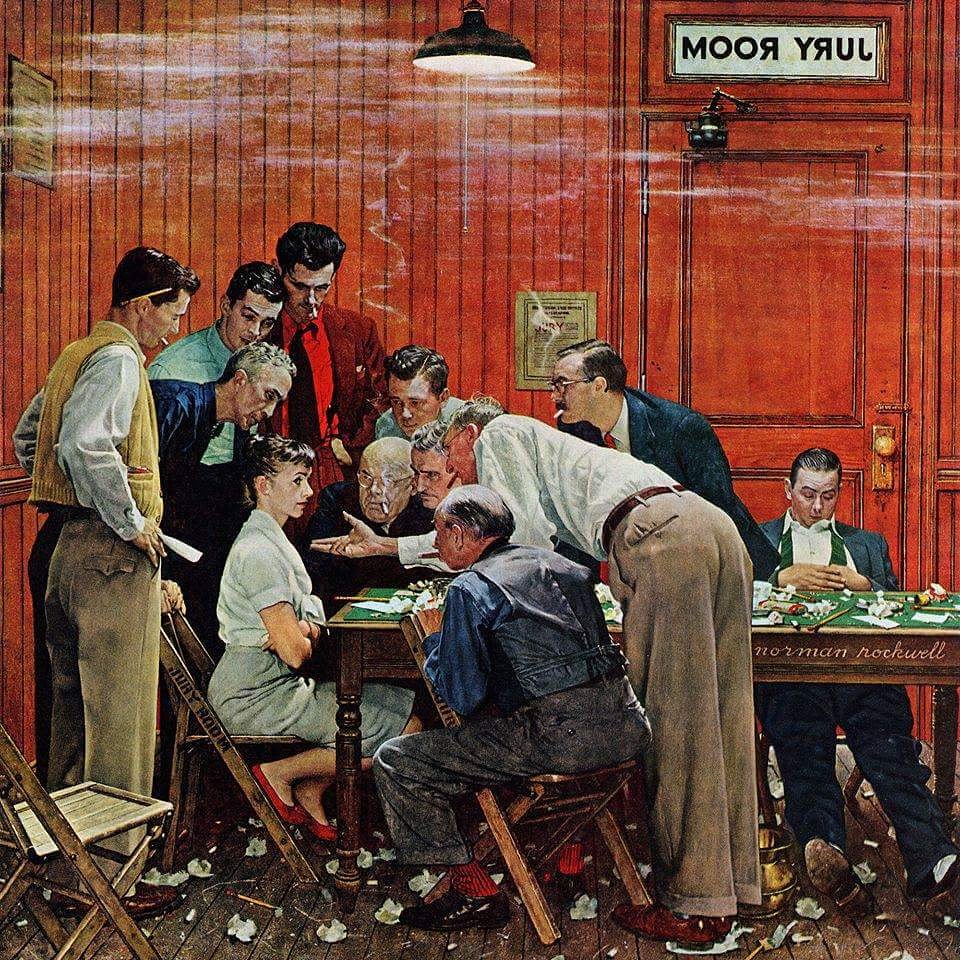
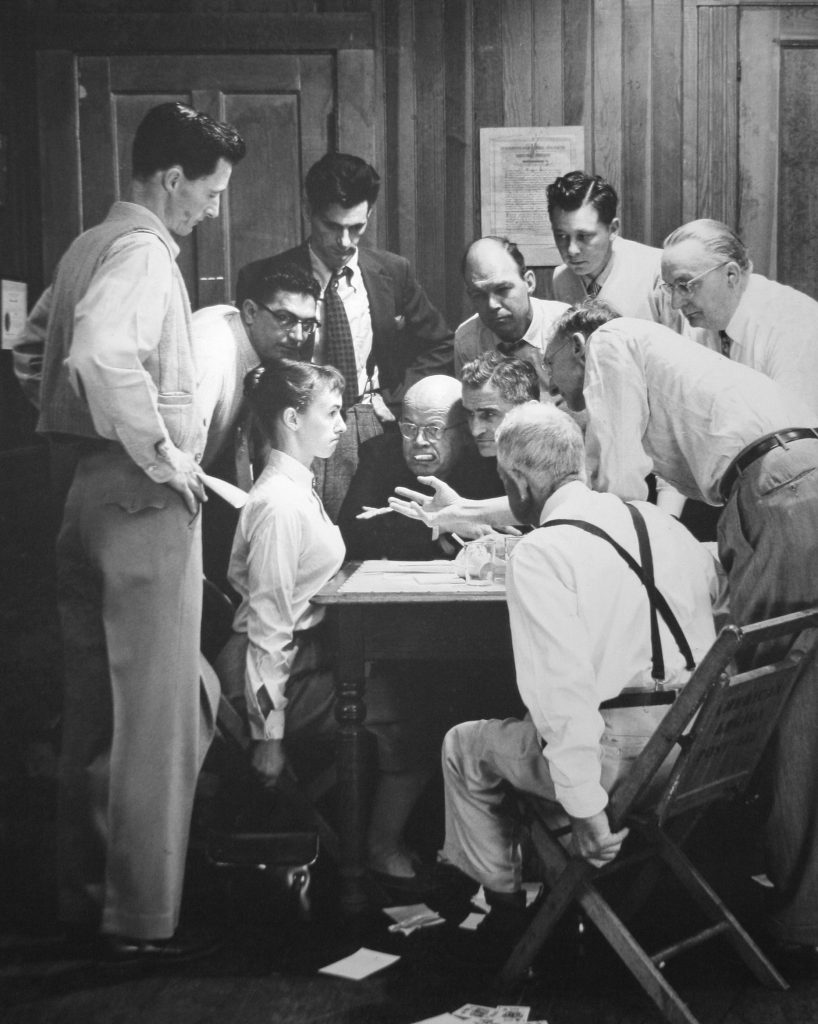
Rockwell put himself in the jury painting, he’s right behind the girl with his nose almost touching her hair.


‘Shadow Artist,’ The Country Gentleman magazine February 7, 1920




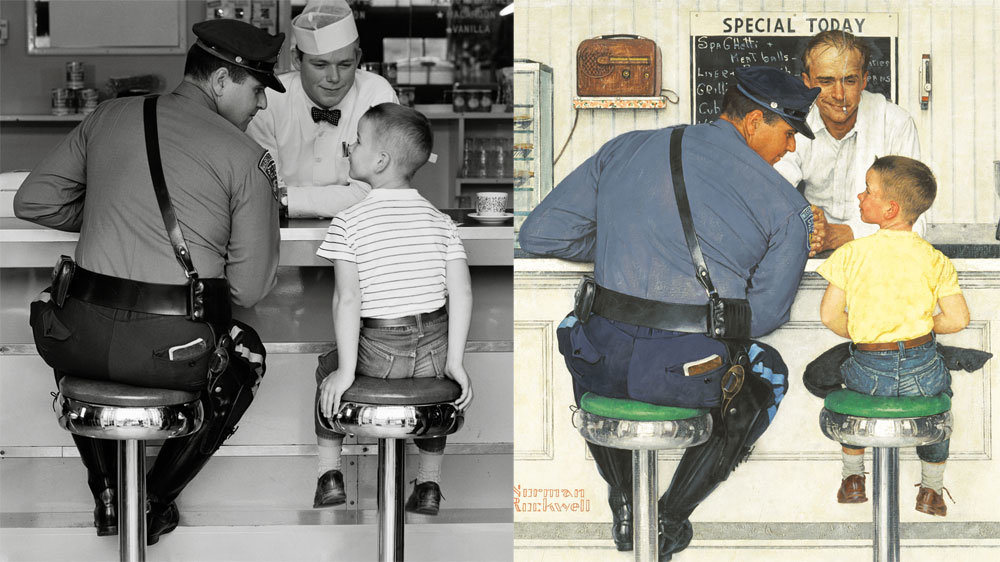

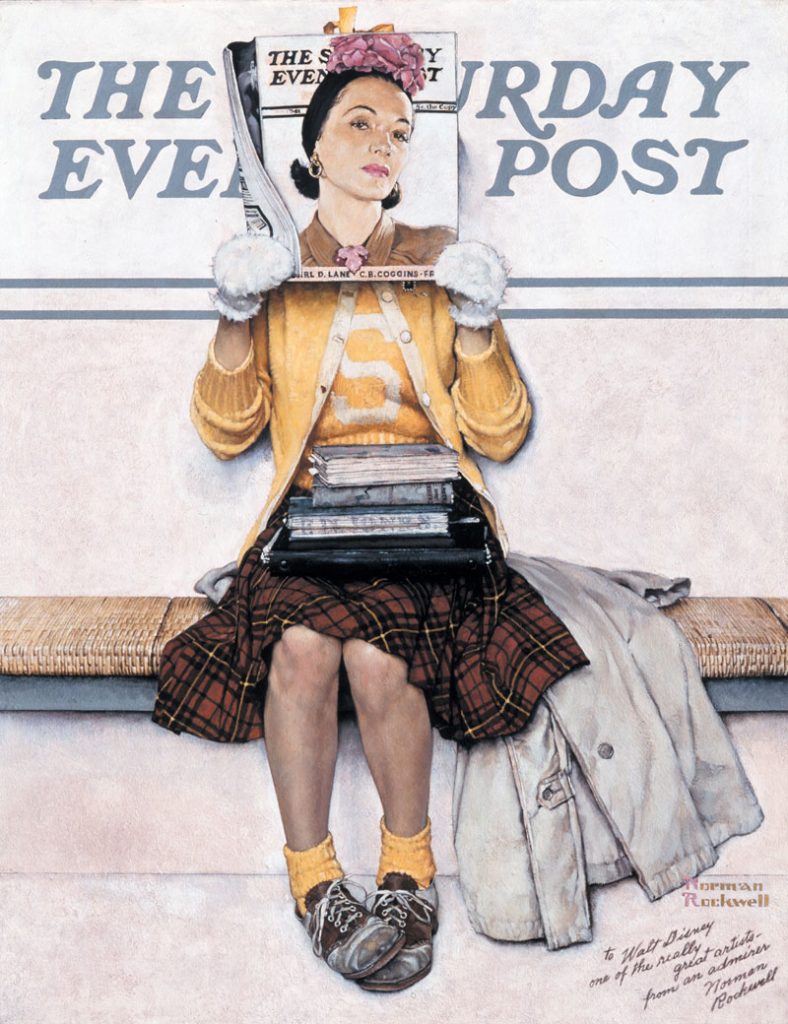
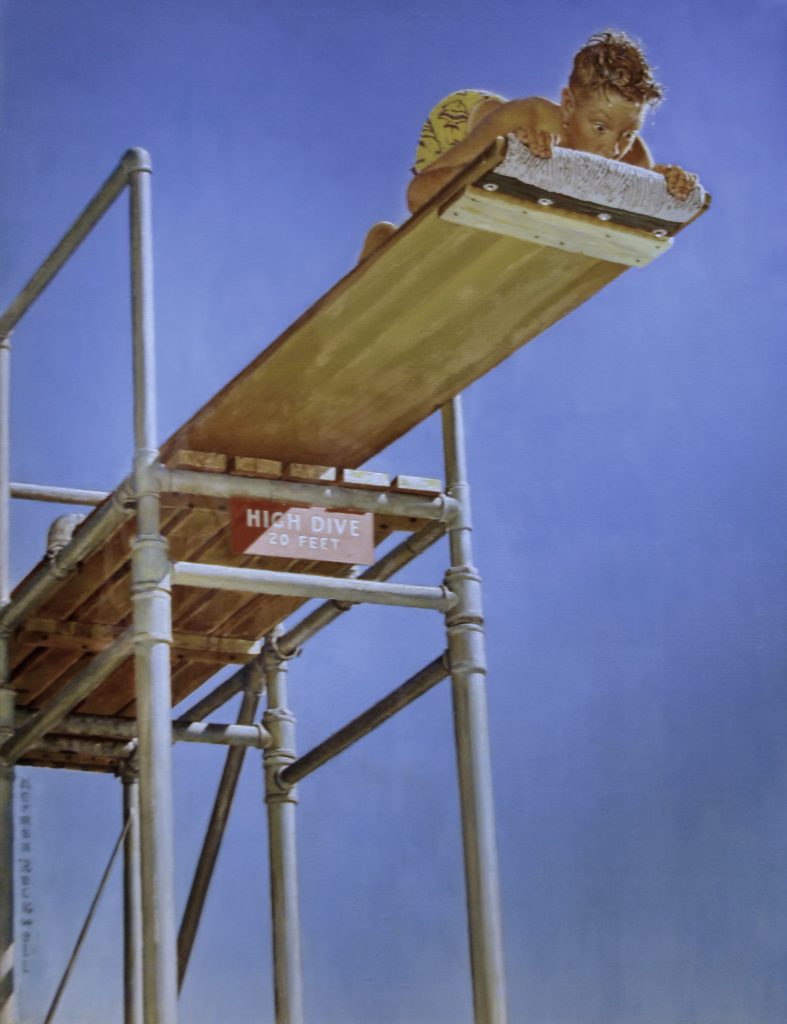
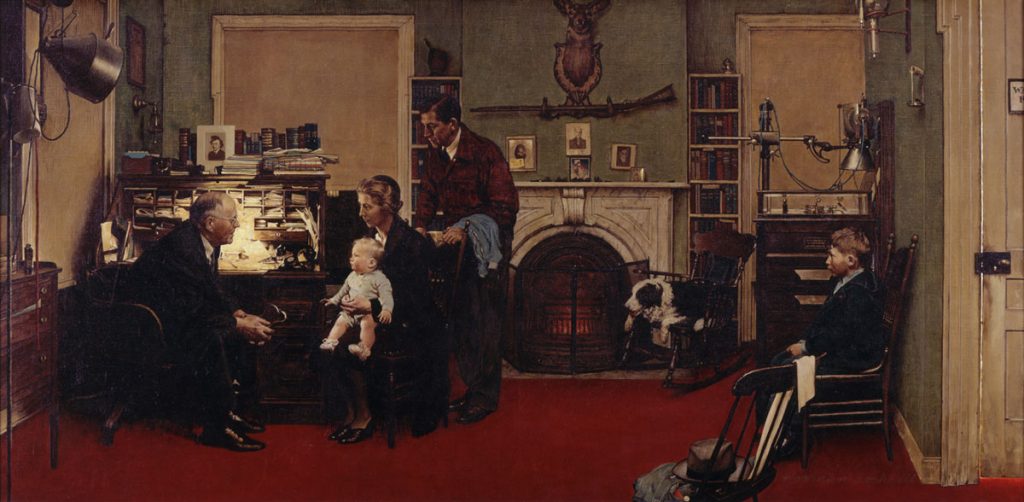
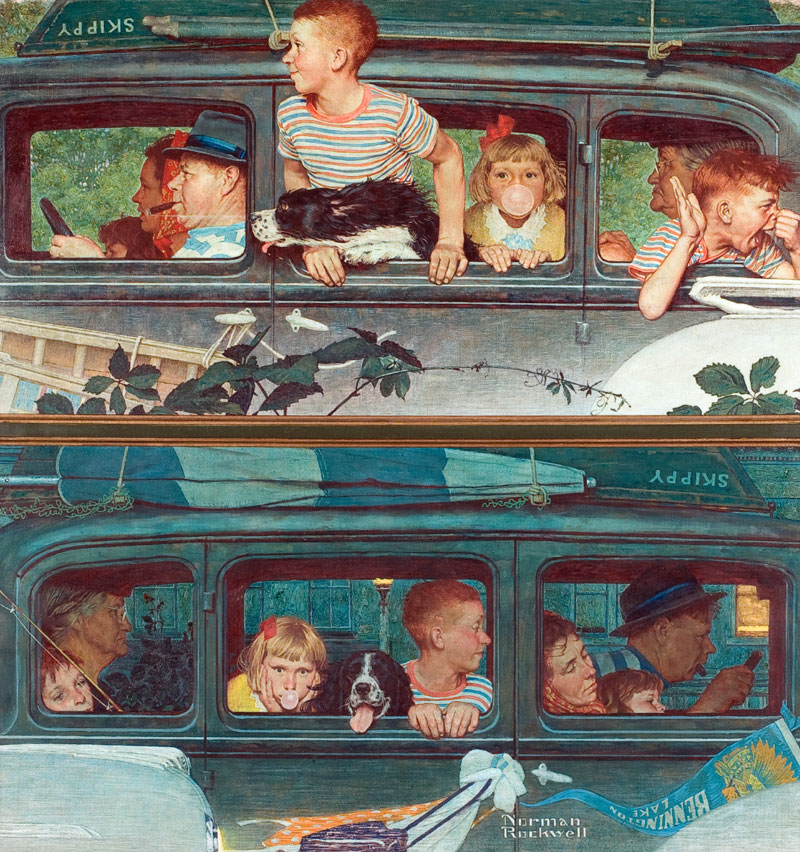
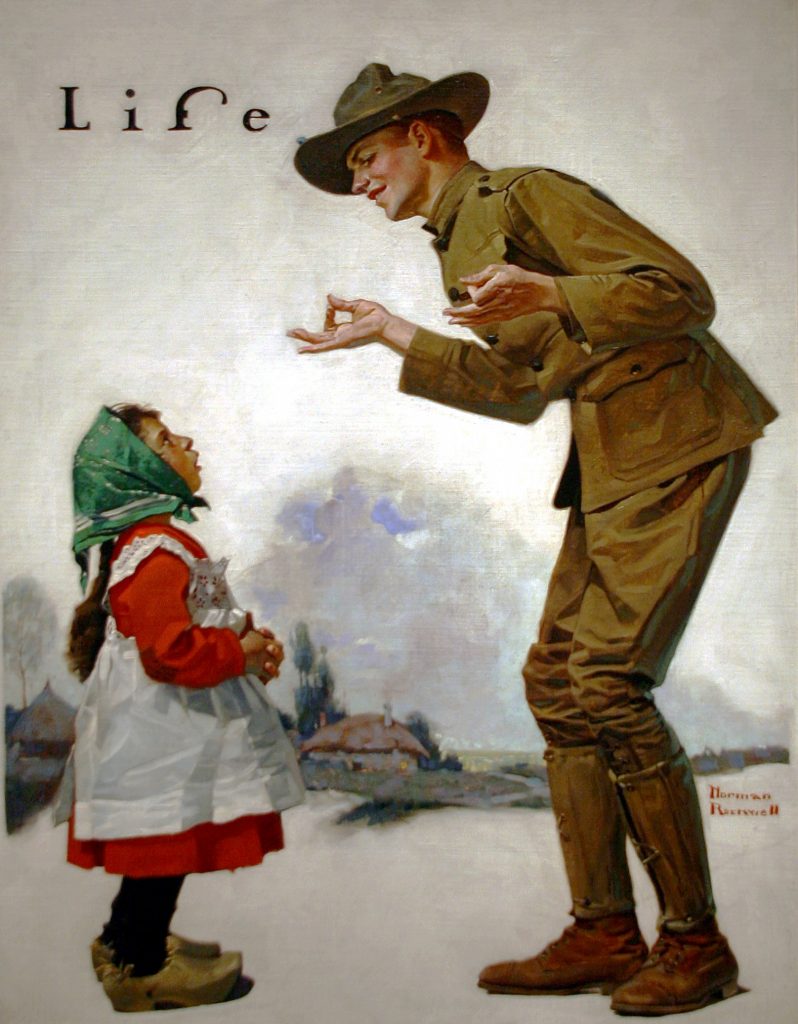
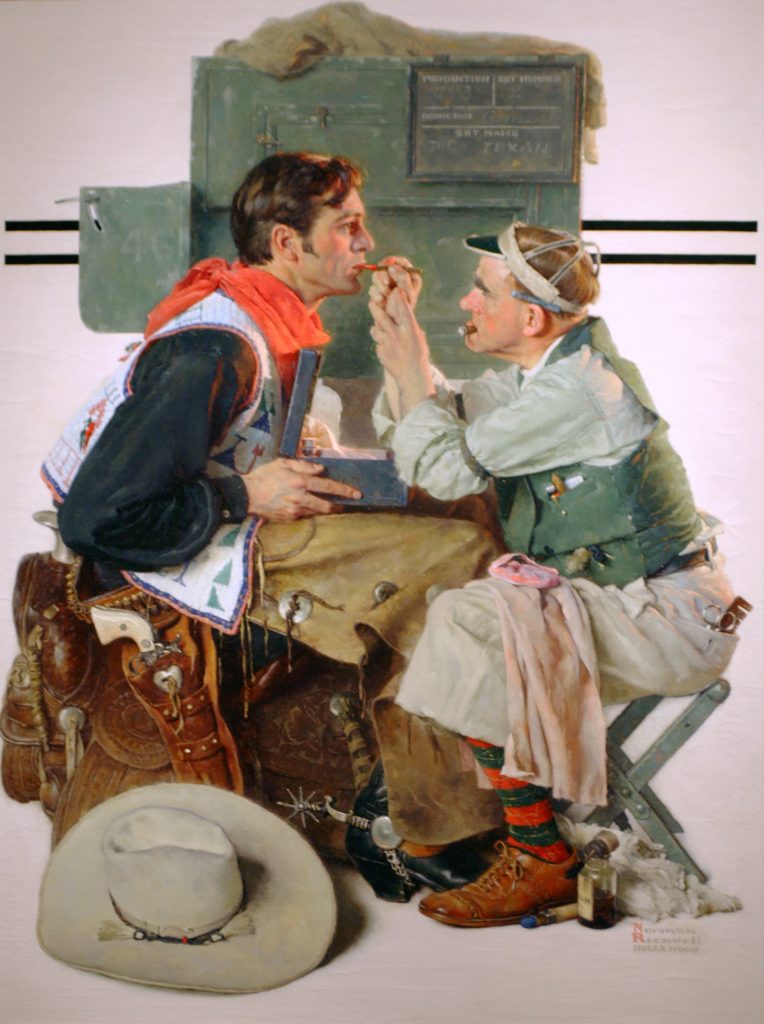
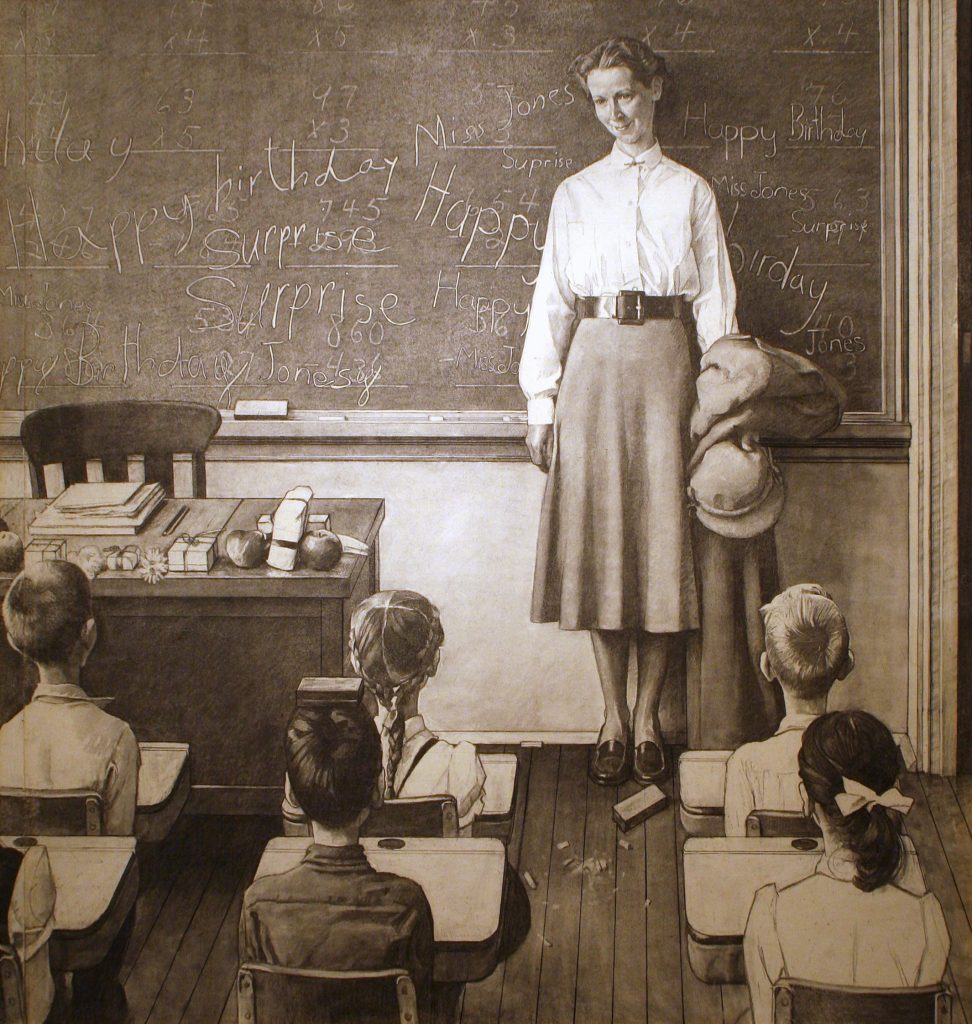
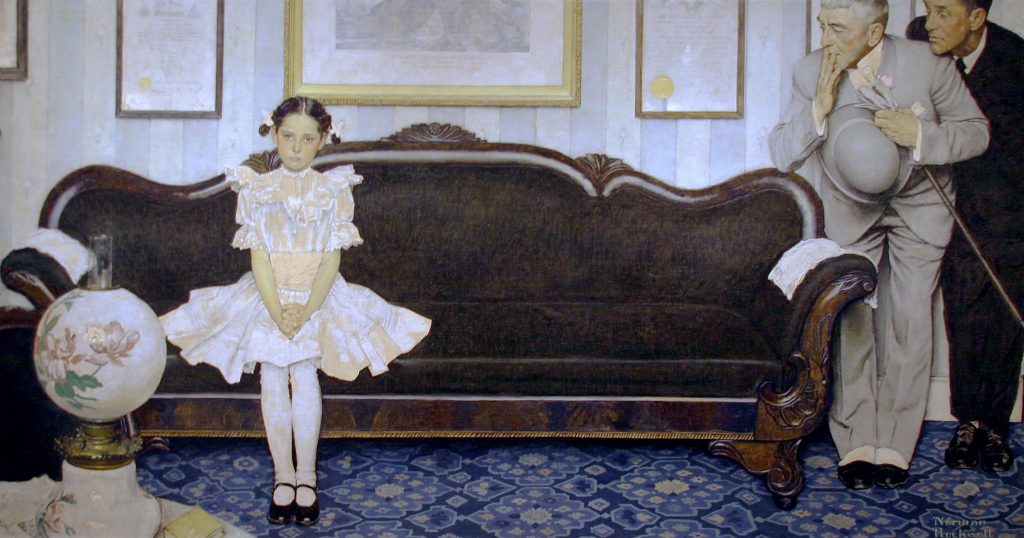

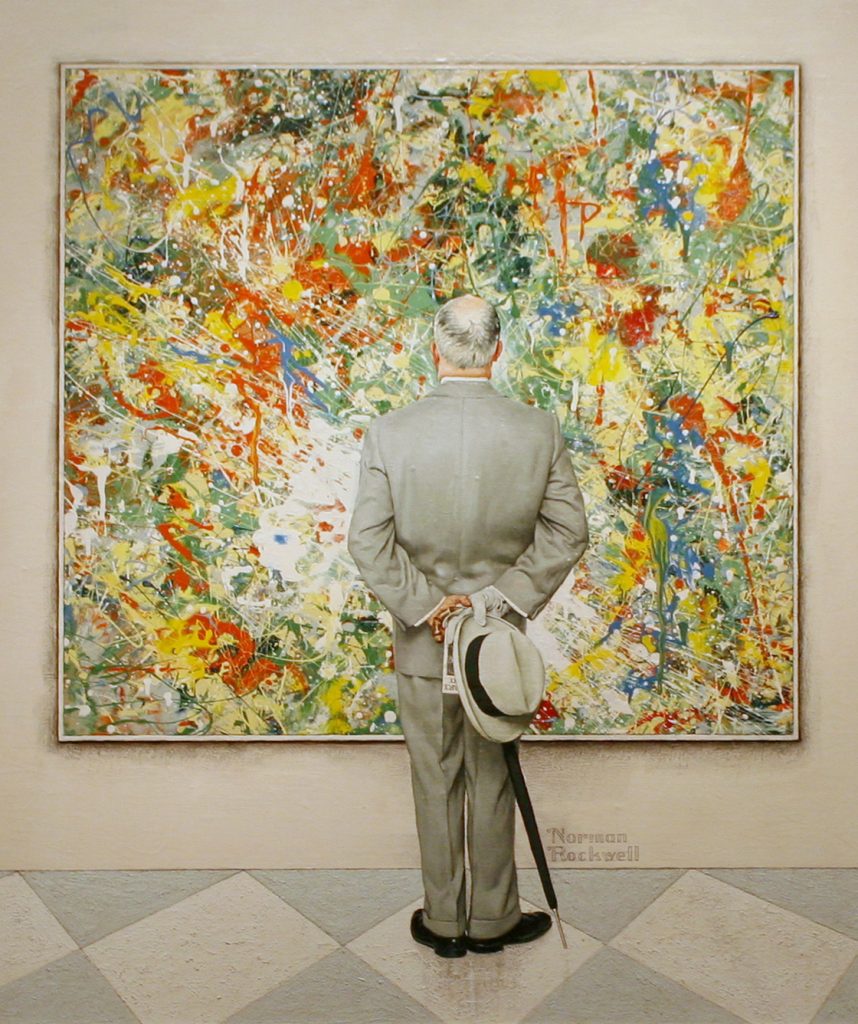
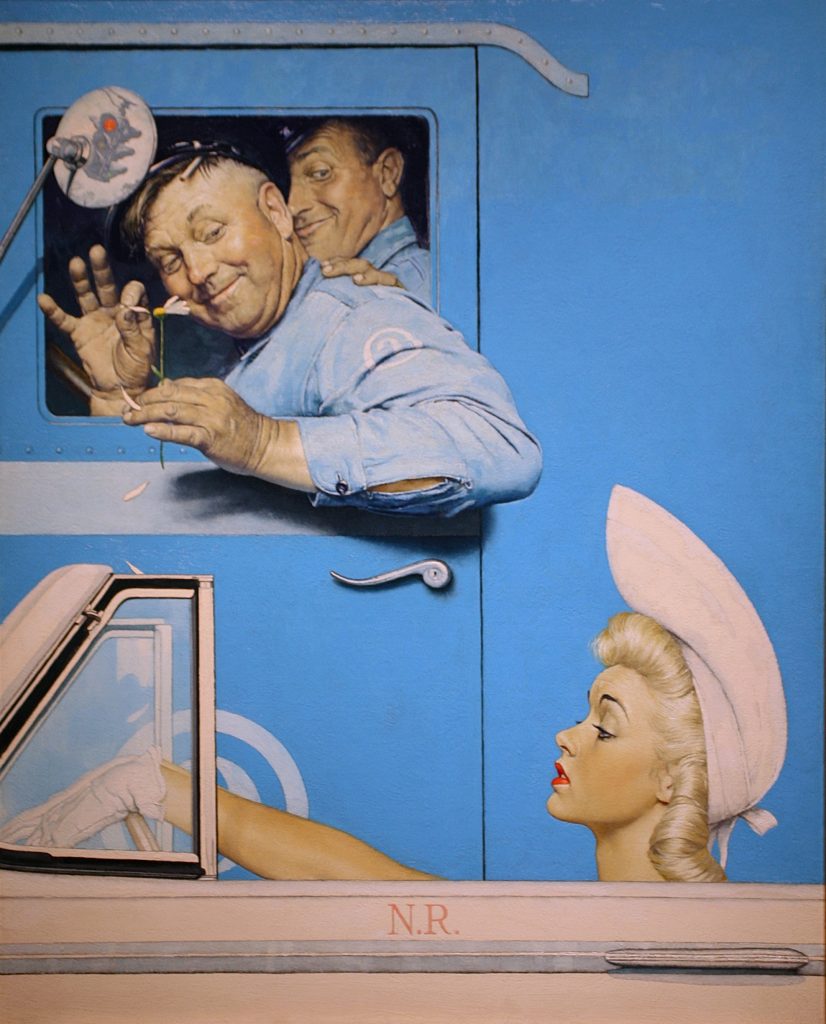



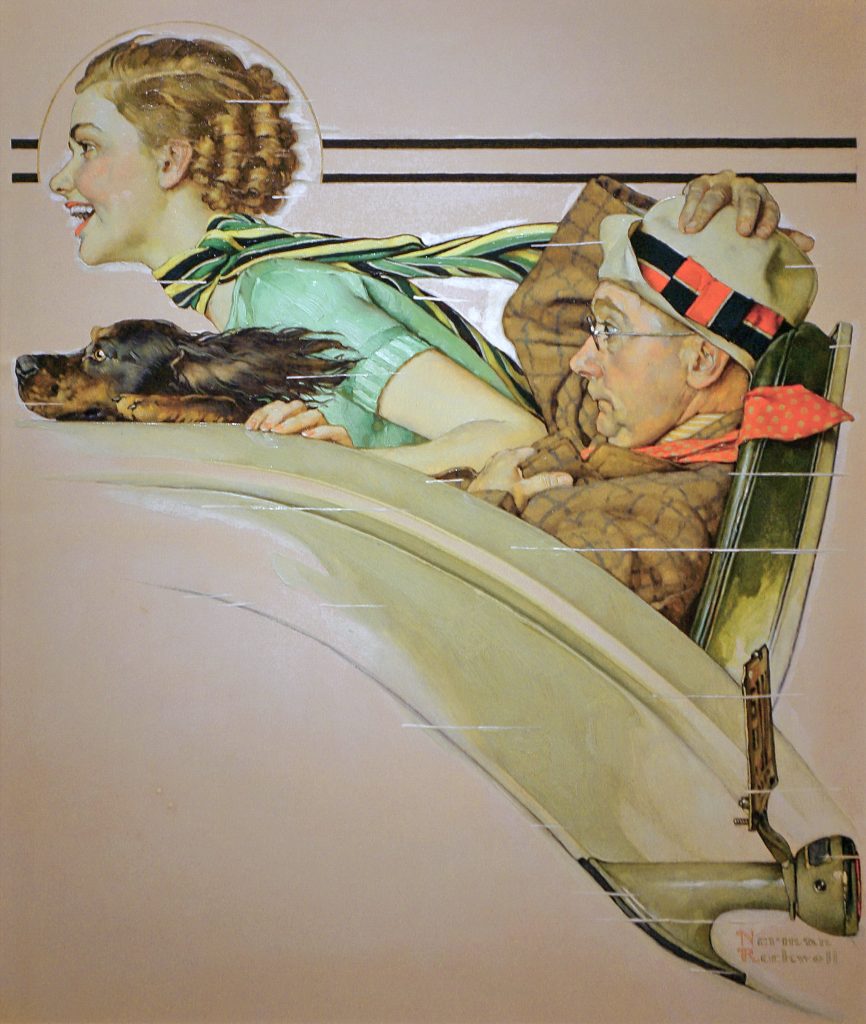




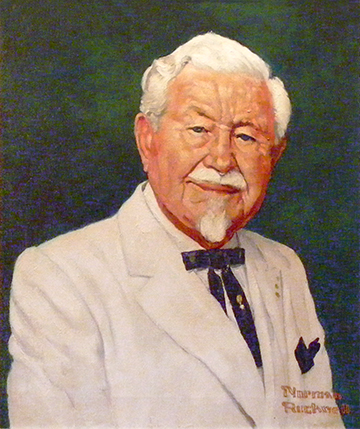
Advertising Work
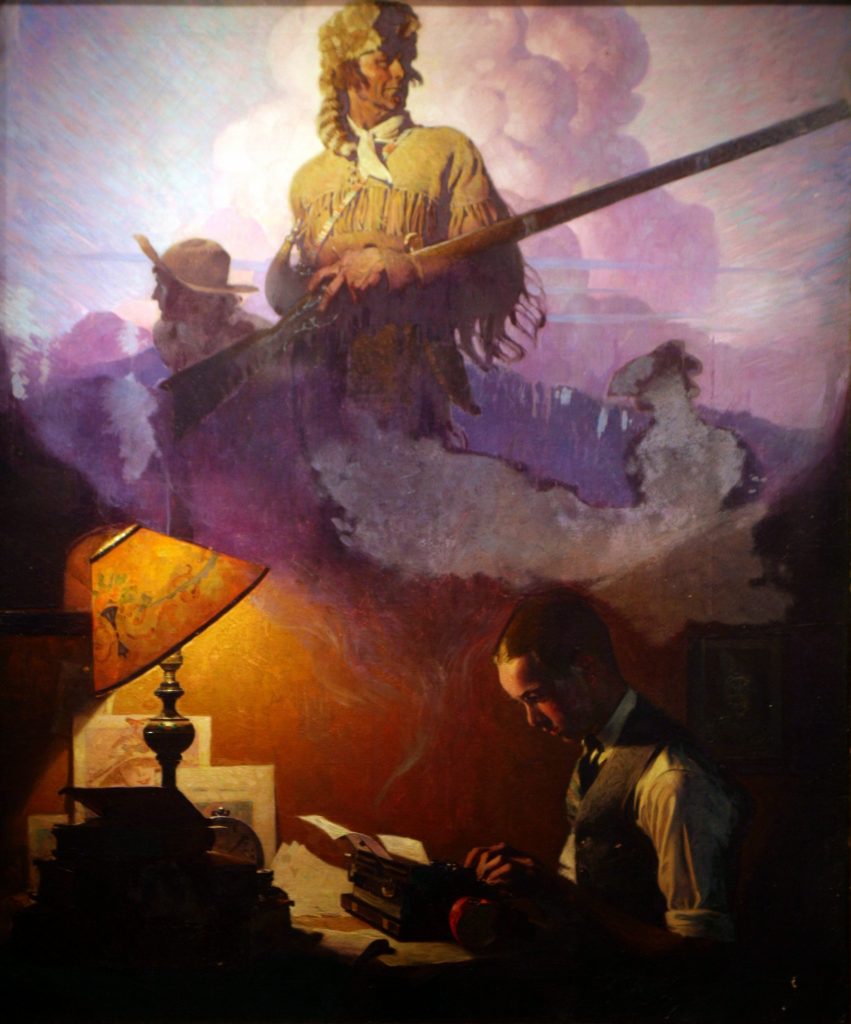




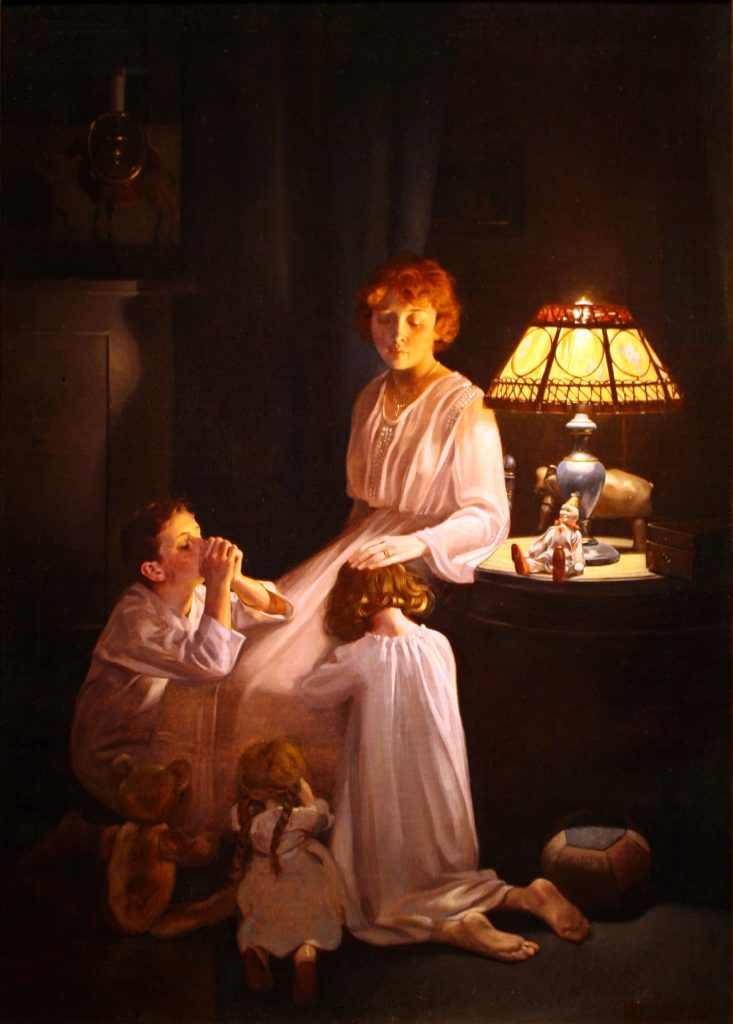

World War II
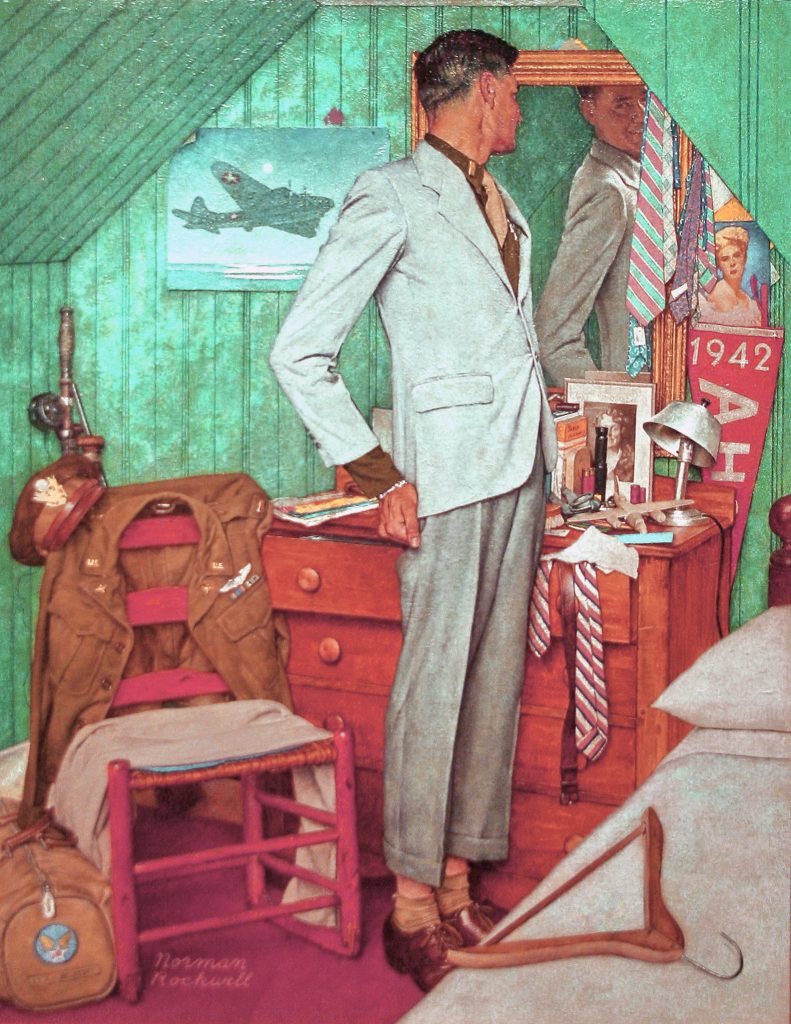
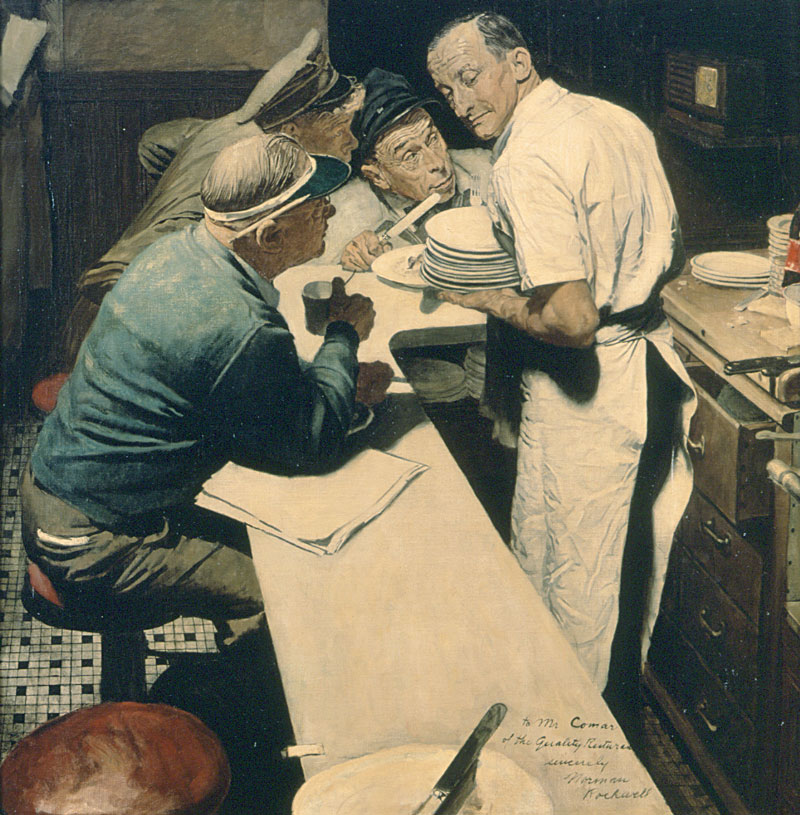
Rosie the Riveter
When people think of Rosie the Riveter they think about the iconic Westinghouse Electric ad but this Rosie was more well known in it’s day than the Westinghouse ad. It was published on the cover of the Saturday Evening Post on Memorial Day — May 29, 1943
Rockwell based the pose of his ‘Rosie’ off of Michelangelo’s depiction of Prophet Isaiah from the Sistine Chapel ceiling. She’s also got her foot on a copy of Mein Kampf.
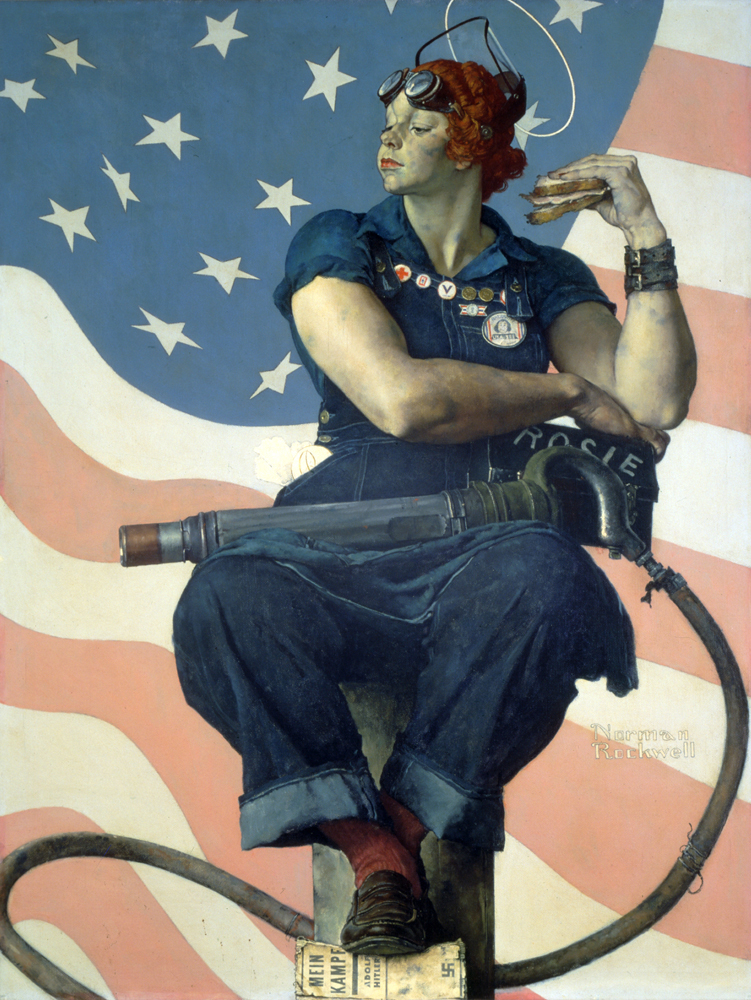
Four Freedoms
Rockwell was inspired to create the Four Freedoms series after hearing a speech by President Franklin D. Roosevelt in January 1941, where Roosevelt named the Four Freedoms for universal rights: Freedom of Speech, Freedom of Worship, Freedom from Want, and Freedom from Fear. They were published on the covers of four consecutive issues of the Saturday Evening Post.
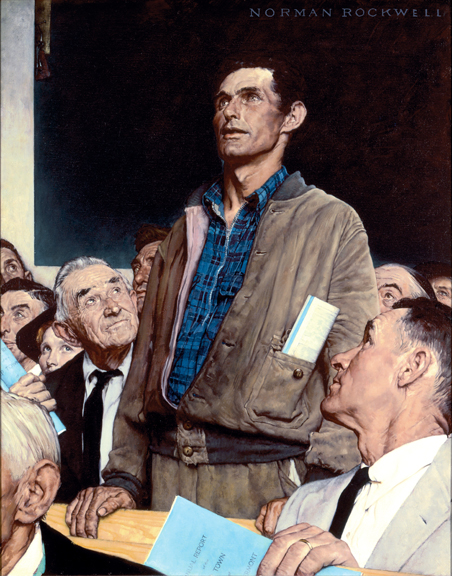

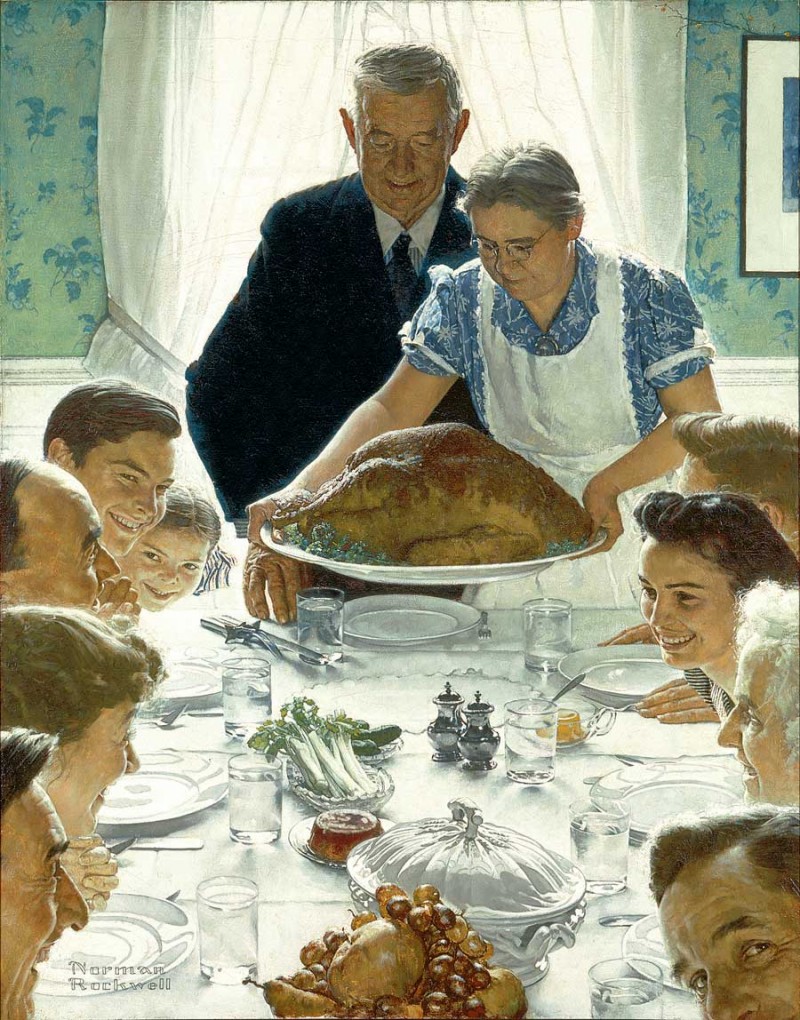

Work with Look magazine
While Rockwell was at The Saturday Evening Post he wasn’t able to address the Civil Rights movement as artistically as he wanted to. He wasn’t afraid to let his feelings be known about social issues, but the publishers were. When he went over to Look magazine he had a longer leash and was able to illustrate some powerful paintings.
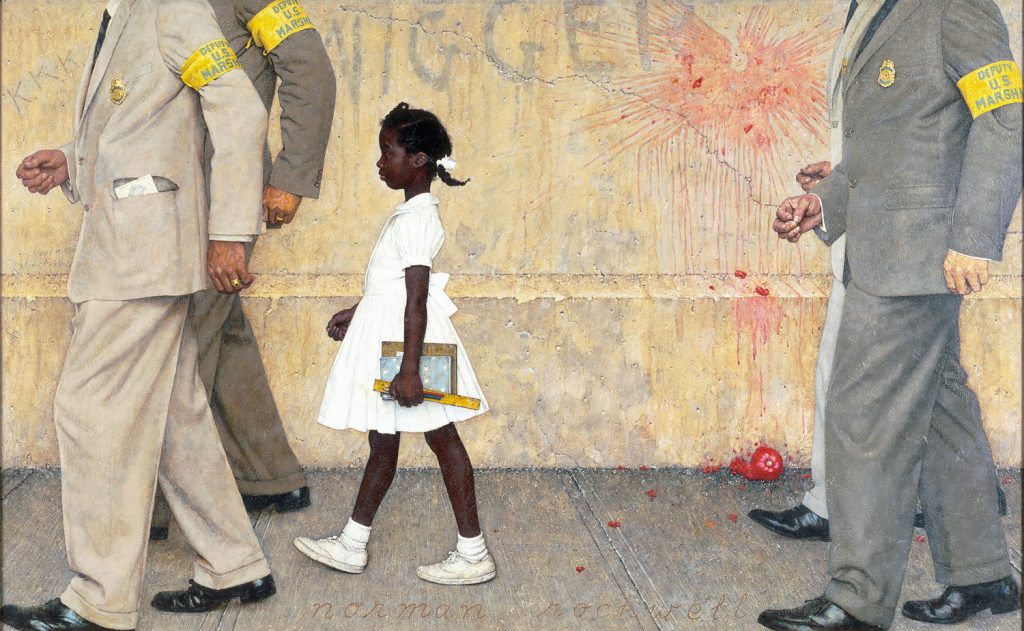
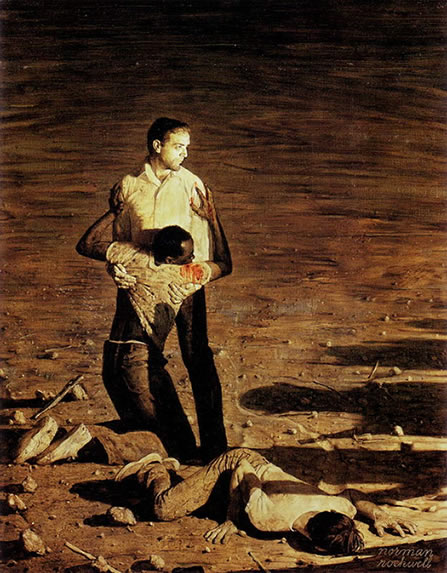
Politicians from both sides of the aisle





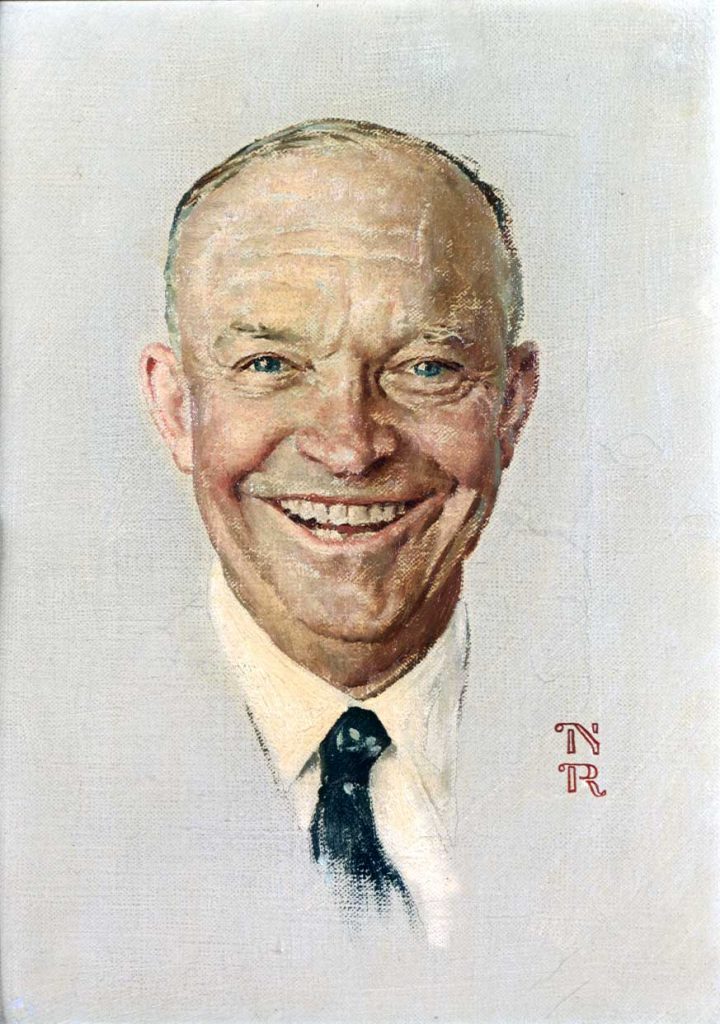
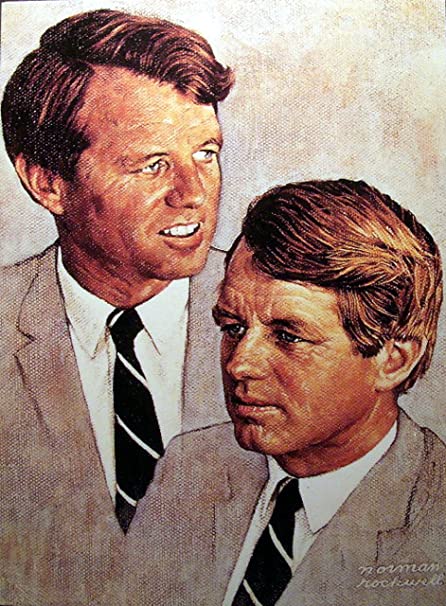
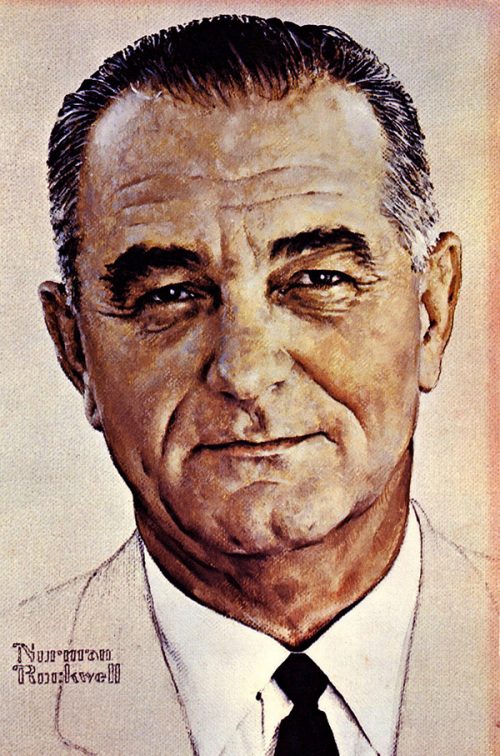




The Right to Know, presented critical commentary on the Vietnam War.
If you ever find yourself in the Berkshires of Massachusetts, make a pit stop at the Norman Rockwell museum.
9 Glendale Rd, Stockbridge, MA 01262
1 comment
Comments are closed.